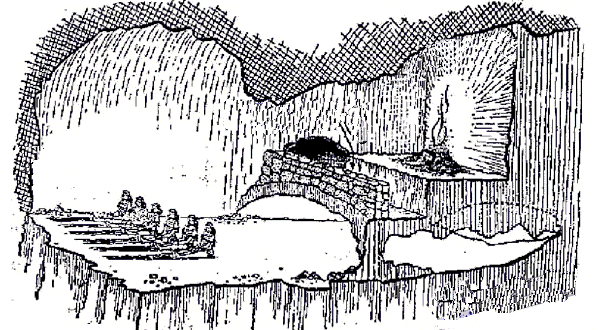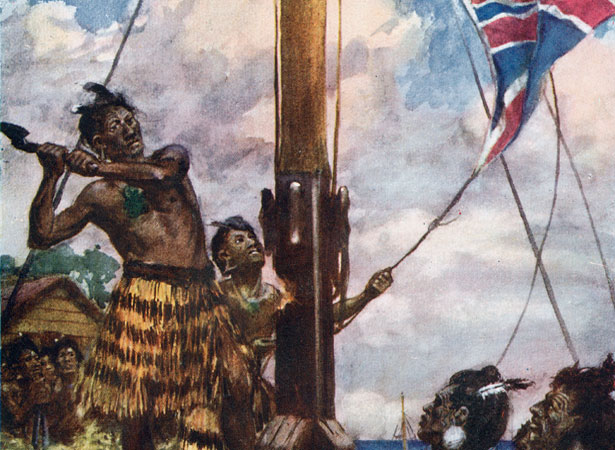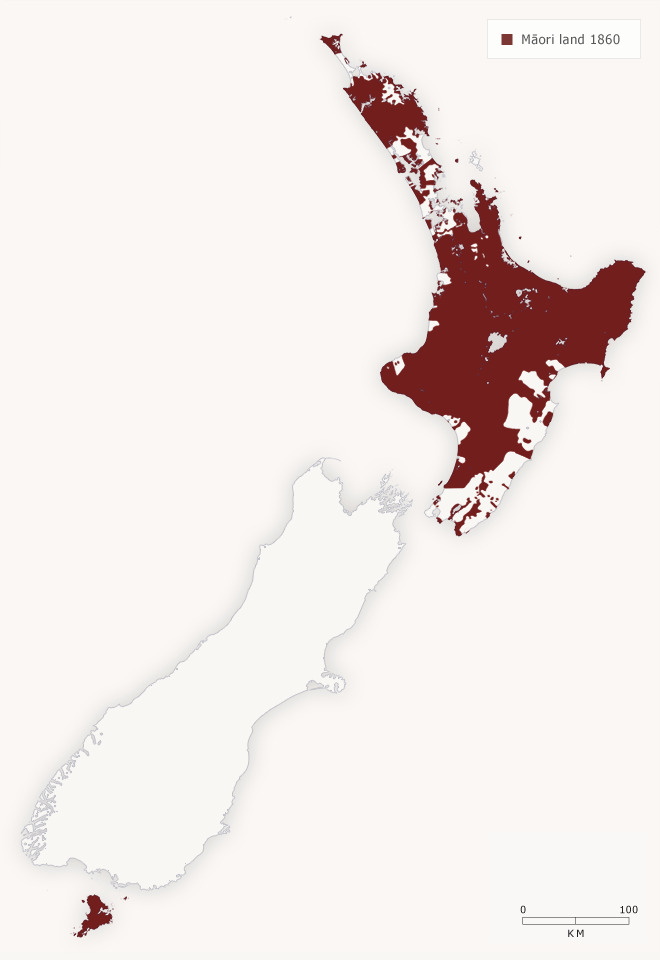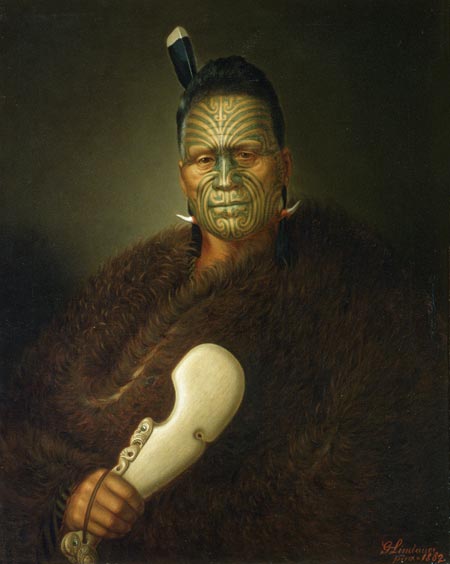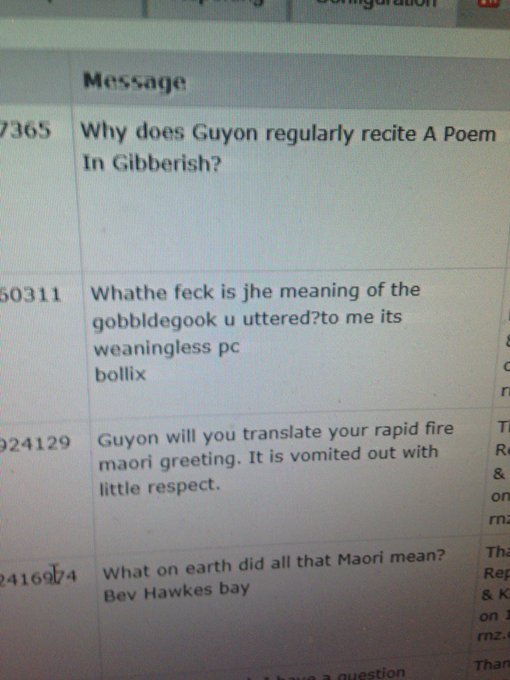Read one of the articles. Answer the guide questions.
When you're ready, present the information in the article in as much detail as possible to a student who read the other article. Listen to their account of their article.
Now move into a new pair and share the info again, adding where you can and answering any questions.
1. The Clockwork Condition: lost sequel
to A Clockwork Orange discovered
Unfinished
manuscript found among Anthony Burgess’s papers was described by the author as
‘a major philosophical statement on the contemporary human condition’
A
lost “sequel” to Anthony Burgess’s A Clockwork
Orange, in which the author explores the moral panic that followed
the release of Stanley Kubrick’s film adaptation of his novel, has been found
among papers he abandoned in his home near Rome in the 1970s.
The
unfinished manuscript of The Clockwork Condition was written by Burgess in 1972
and 1973, after Kubrick’s 1971 adaptation of A Clockwork Orange was accused of
inspiring copycat crimes, prompting the director to withdraw it from
circulation.
The
1962 novel A Clockwork Orange, Burgess’s most famous work, is set in a
dystopian future, where teenager Alex and his gang revel in “ultraviolence”
until the state sets about his re-education.
The
manuscript of The Clockwork Condition, which Burgess describes as a “major
philosophical statement on the contemporary human condition”, had been left by
the author in his home in Bracciano in the 1970s. When Burgess died in 1993,
the house was sold, and the archive eventually moved to the Burgess Foundation
in Manchester,
where director Andrew Biswell came across it in the process of cataloguing.
Biswell
called the sequel remarkable, and said it would shed “new light on Burgess,
Kubrick and the controversy surrounding the notorious novel”.
According
to the academic, Burgess’s only public reference to The Clockwork Condition was
in a 1975 interview, when he said it had not been developed further than the
idea stage. In fact, it runs to 200 pages, and is a mix of typewritten drafts,
notes and outlines.
“This
is a very exciting discovery,” said Biswell, who is also professor of modern
literature at Manchester Metropolitan University. “Part philosophical
reflection and part autobiography, The Clockwork Condition provides a context
for Burgess’s most famous work, and amplifies his views on crime, punishment
and the possible corrupting effects of visual culture. It also casts fresh
light on Burgess’s complicated relationship with his own Clockwork Orange
novel, a work that he went on revisiting until the end of his life.”
Burgess
writes in the manuscript of how the 1970s are a “clockwork inferno”, with
humans no more than cogs in the machine, “no longer much like a natural growth,
not humanly organic”. Humanity is “searching for an escape from the bland
neutrality of the condition in which they find themselves”, he says, in a work
that he envisaged as a philosophical piece of writing structured around Dante’s
Inferno. Burgess had planned sections with titles including “Infernal Man”,
trapped in a world of machines, and “Purgatorial Man”, trying to break out of
the mechanical inferno.
In
one section, he reveals how he came up with the title for A Clockwork Orange:
he first heard the phrase, he writes, in 1945, when he heard “an 80-year-old
Cockney in a London pub say that somebody was ‘as queer as a clockwork
orange’”.
“The
‘queer’ did not mean homosexual: it meant mad. The phrase intrigued me with its
unlikely fusion of demotic (denoting or relating to the kind of language used by ordinary people; colloquial) and surrealistic,” writes Burgess. “For nearly 20
years, I wanted to use it as the title of something. During those 20 years I
heard it several times more – in Underground stations, in pubs, in television
plays – but always from aged Cockneys, never from the young. It was a
traditional trope and it asked to entitle a work which combined a concern with
tradition and a bizarre technique. The opportunity to use it came when I
conceived the notion of writing a novel about brainwashing.”
Burgess
had hoped that surreal photographs and quotations from other writers on the
topics of freedom and the individual would supplement his text, but as the
project grew more ambitious, he found himself struggling to complete it.
“Eventually
Burgess came to realise that the proposed non-fiction book was beyond his
capabilities, as he was a novelist and not a philosopher. It was then suggested
that he should publish a diary under the title The Year of the Clockwork
Orange, but this project was also abandoned,” said Biswell.
“Instead
he wrote a short autobiographical novel, which also features clockwork in the
title – The Clockwork Testament. Published as an illustrated novel in 1974, the
book engages with the same thematic material he had intended to use in The
Clockwork Condition.”
Biswell
said that “in theory” it would be possible to create a publishable version of
The Clockwork Condition. “There is enough material present in the drafts and
outlines to give a reasonably clear impression of what this lost Burgess book
might have been,” he said. He has already been contacted by publishers keen to
release it.
Guide questions
1. What are some of the themes of Burgess's writing?
]
2. Where did the idea for the title "A Clockwork Orange" come from?
3. Why did Burgess abandon his non-fiction project?
2. Unseen Kafka works may soon be
revealed after Kafkaesque trial
Zurich
court rules safe-deposit boxes can be opened and shipped to Israel library
A long-hidden trove of
unpublished works by Franz Kafka could soon be revealed after a decade-long
battle over his literary estate that has drawn comparisons to some of his
surreal tales.
A district court in Zurich
upheld Israeli verdicts in the case last week, ruling that several safe-deposit
boxes in the Swiss city could be opened and their contents shipped to Israel’s
national library.
The papers could shed new
light on one of literature’s darkest figures, a German-speaking Jew from Prague
whose cultural legacy has been hotly contested between Israel and
Germany.
Experts have speculated the
cache could include endings to some of Kafka’s major works, many of which were
unfinished when they were published after his death.
Israel’s supreme court has
already stripped an Israeli family of its collection of Kafka’s manuscripts,
which were hidden in Israeli bank vaults and in a Tel Aviv apartment. But the
Swiss ruling would complete the acquisition of nearly all Kafka’s known works.
Kafka, whose name has
become an adjective to describe inscrutable (impossible to understand or interpret) legal or bureaucratic processes,
was known for his tales of everyman protagonists crushed by mysterious events.
In The Trial, a bank clerk is put
through excruciating court proceedings without ever being told the charges
against him.
“The absurdity of the
[legal process] is that it was over an estate that nobody knew what it
contained. This will hopefully finally resolve these questions,” said Benjamin
Balint, a research fellow at Jerusalem’s Van Leer Institute and the author
of Kafka’s Last Trial, which chronicles the affair.
Kafka bequeathed his
writings to Max Brod, his longtime friend, editor and publisher, shortly before
his death from tuberculosis in 1924 at the age of 40. He asked for his writings
to be burned unread, but Brod ignored his wishes and published most of what was
in his possession – including the novels The
Trial, The Castle and Amerika, which made the previously little-known author
posthumously one of the most celebrated writers of the 20th century.
But Brod didn’t publish
everything and on his death in 1968, he instructed his personal secretary,
Esther Hoffe, to transfer the Kafka papers to an academic institution.
Hoffe instead kept the
papers stashed away and sold some. The original manuscript of The Trial was
auctioned for £1m at Sotheby’s in London and went to the German Literature
Archive in Marbach, near Stuttgart.
When Hoffe died in 2008 at the age of 101, she
left the collection to her two daughters, Eva Hoffe and Ruth Wiesler, both
Holocaust survivors like herself, who considered Brod a father figure and his
archive their inheritance. Both have since also passed away, leaving Wiesler’s
daughters to continue fighting for the remainder of the collection.
Jeshayah Etgar, a lawyer for the daughters,
said his clients legitimately inherited the works and called the state seizure
of their property “disgraceful” and “first degree robbery”.”
Israel’s National Library claims Kafka’s
papers as cultural assets that belong to the Jewish people. “We welcome the
judgment of the court in Switzerland, which matched all the judgments entered previously by the
Israeli courts,” said David Blumberg, the chairman of the library, a nonprofit
and non-governmental body.
“The judgment of the Swiss court completes the
preparation of the National Library of Israel to accept the entire literary
estate of Max Brod, which will be properly handled and will be made available
to the wider public in Israel and the world.”
Guide questions
1. What language did Kafka speak?
2. Before he he died, what did Kafka ask his friend Max Brod to do with his writings?
3. What did Max Brod ask Esther Hoffe to do with the manuscripts?
4. What did she in fact do with them?
In pairs, discuss:
1. What are the similarities between the situations described?
2. What justifications were given in each case for taking control of a deceased author's unpublished work?
3. Does it matter what the author or his descendants might think?
24 phrases

